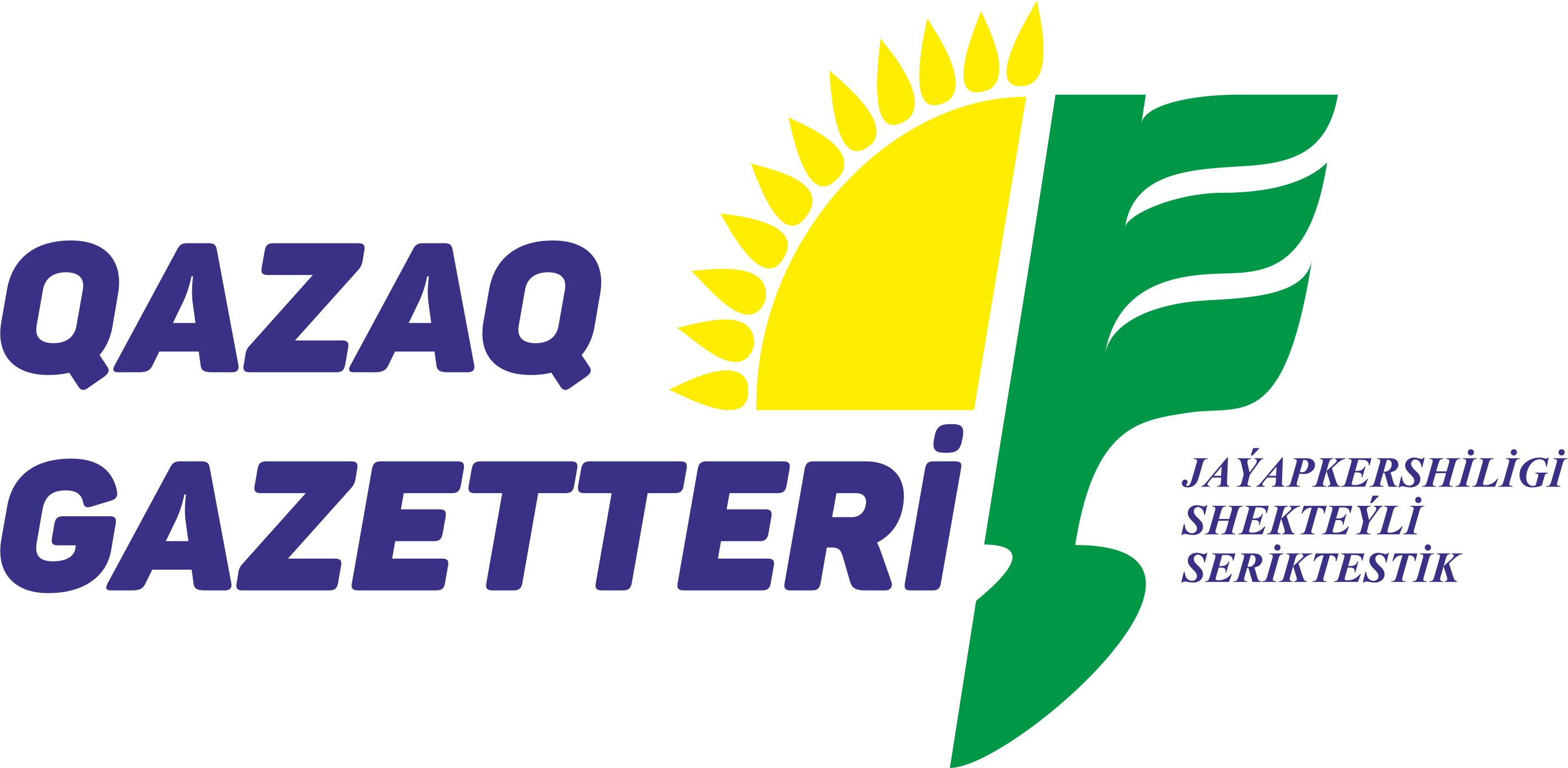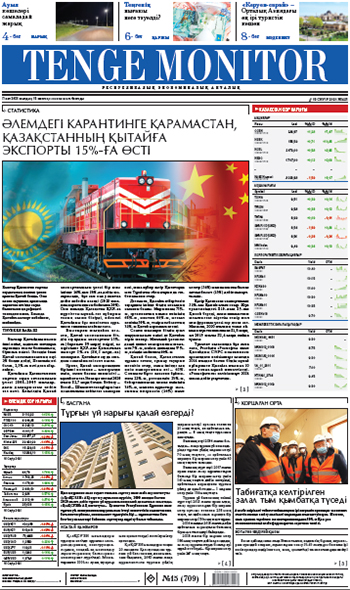- Атамекен
- 06 Тамыз, 2020
Kazakhs have had a long history of establishing nation State of their own

Most of the ethnological reference literature on Central Asia published in the West consider Kazakhs an Asian nation of the Turkic-Mongolian origin. And that sounds quite right, because there are a number of names within the Kazakh tribal structure that are associated with the Mongols of the time of Genghis Khan: the Konyrat tribe (now part of the Middle Zhuz), the Zhalayir tribe (now included in the Senior Zhuz), and Kereyt tribe (now part of the Lesser Zhuz) and etc.
The most important point is that the Kazakh country and society could be regarded as one of the only two domains of the Genghisid dynasty, with the second being the Mongol country and society, that persisted until the modern era or the modern period. Most Kazakhs know their own family tree. This is primarily attributable to tradition. It has long been a custom in the Kazakh steppes that any nomadic individual should be able trace his or her roots back seven generations.
Most Kazakhs know their own family tree. This is primarily attributable to tradition. It has long been a custom in the Kazakh steppes that any nomadic individual should be able trace his or her roots back seven generations.
That has not just been the case of acquiring knowledge for its own sake since such a requirement was and still is based on an objective and reasonable justification. There is a rigid customary restriction to the effect that: “Marriage is forbidden to seventh degrees of consanguinity”. Yet all these genealogical knowledge and information do not form collective historic memory. And they cannot easily be translated into national history.
There are problems with regard to shared historical memory in the form of folk tales, myths, legends which could serve as a solid unifying basis for further strengthening national cohesion. Accordingly, there is no clear answer to the question whether ancestors of Kazakhs people were heroically defending Otrar, that was a city located along the Silk Road on the territory of what is now the Republic of Kazakhstan, or were they bravely storming it during the Mongol invasion of the Khwarezmian Empire. In 2002, the people of Mongolia celebrated the 840th anniversary of the birth of Genghis Khan, the warrior-ruler whose armies had taken by storm Otrar just 800 years ago.
And in 2005, when the construction of the 130-foot (40 meters) steel statue of the fearsome Mongol warrior was going to be started on the bank of the Tuul River at Tsonjin Boldog, 54 kilometers east of the Mongolian capital Ulaanbaatar, where according to legend, he found a golden whip, well-known Kazakh poet and politician Mukhtar Shakhanov, then a member of the Kazakh Parliament, called on his fellow-parliamentarians to consider the “serious humanist issue”. The Novoye Pokolenie newspaper (April 29, 2005) quoted him as saying: “If every country will erect monuments to tyrants and betray historical memory, then the day is not far off when Hitler will be justified”.
Yet another distinguished Kazakh man of letters, Mukhtar Magauin, believes that Genghis Khan should be called the liberator of the Otrar city. Central Asia Monitor newspaper (October 20, 2014) quoted him as saying: “Genghis Khan’s main and real heirs are Kazakhs. When he raised the flag, among those who supported him were 25 Kazakh tribes - Kerey, Naiman, Zhalayir, Konyrat, Taz, Bayzhigit, Koralas, Kurleuit and others. All of them are our direct ancestors”. So which one of the two of them is actually right?
There is no certainty regarding that question. There are many such issues related to historical memory. Clarity should be sought with regard to them.
The situation just described is attributable mainly to the fact that the historical and cultural heritage of Eurasia long ago was more or less concertedly partitioned between those who historically were settled peoples. Kazakhs, who until recently had a nomadic lifestyle and considered the switch from a nomadic to a settled way of life as a degradation, apparently came late to division of historical patrimony. By the time they got there, it had been divided and described according to the vision of those settled peoples. And no one wants his conclusions on the history and culture of Eurasia to be revised. The Eurasian Steppe is a vast strip of land stretching from Mongolia to Pannonia. The Mongols were native inhabitants of the eastern Eurasian steppe. The western Eurasian steppe was inhabited mainly by Indo-Europeans in ancient times and remained chiefly populated by Turkic tribes in the Middle Ages. This is the general context in which every one of those Eurasian nations has been creating a picture of its history. This is the reality that we must face.
Even into the early 21st century, any reassessment of history can cause an inter-ethnic or inter-State conflict. And besides that, it may of itself give rise to a range of interpretation issues and concerns, breaching the atmosphere of general comfort. One can presume that therein lies the key to why various authors from Europe and Asia become irritated when the Kazakhs allow themselves to “appropriate” Attila and other famous natives of the Great Eurasian steppe stretching from the Greater Khingan range in the Far East to the Danube Valley in the Central Europe.
KHUBILAI IS A TURK,AND ATTILA IS A MAGYAR...
Thus for example, even Lev Gumilyov, whose name is highly respected among the Turkic and Mongolian peoples of the newly independent former Soviet states (NIS), insisted that the Kypchaks and Naimans, who lived during the rule of Genghis Khan, and the modern-day Kazakh tribes under the same names have little in common with each other. And there’s one other thing to be told. Yet at the same time, that author was inclined to link the present day Central Asian Karakalpaks with the Turkic confederation known as the Cherniye Klobuki of the 11th century, whose name also means “black hat” in Russian, whereas it is well known that the turkicized Mongolian tribes, Manghyts and Konyrats, constitute a majority of Karakalpakstan’s native population, and their language, customs and material culture are so similar to that of the Kazakhs.On 1 July 1999, the Financial Times newspaper published a special issue on the theme of Kazakhstan. Among other things, there was an article related to topics being discussed now. Its author, who obviously had a long conversation with luminaries of modern Kazakh culture such as Akim Tarazi and Bulat Atabaev, did not hide his doubts about the validity of considering Attila and Genghis Khan the leaders of their people’s ancestors. On the other hand, he wondered how one could be so proud of the historical persons who had brought so much evil to humanity. A perverse finding based on a typical Eurocentric idea.
In 2016 Allthatsinteresting.com wondered: “(Belgium’s King) Leopold II’s rule over the Congo was a horror story with a body count on par with Hitler’s, so why haven’t more people heard of him?”. This was a cry that fell on deaf ears. There had been no intention to draw some conclusions both in Europe and in the Western world. The bronze statue of Belgium’s King Leopold II astride a horse, set high on a concrete plinth, remained standing opposite the Royal Palace in Brussels for four more years. It has been removed only in the wake of this year’s worldwide anti-racism protests.
In 2017, the History Channel pointed out the following: “A total of twelve former US presidents owned enslaved people, including eight who did so while in office. The most prominent US presidents to own enslaved workers include founding fathers George Washington, Thomas Jefferson, James Madison, and James Monroe”. Does this mean that the American society should stop being proud of them? There was and is now no putting the issue this way.
In 2020, the Business Insider said: “Throughout the 19th and 20th centuries, other presidents pursued policies that openly subjugated, oppressed, and killed people of color, particularly Black Americans, Native Americans, and Asian Americans… In the early 20th century, President Woodrow Wilson re-implemented racial segregation in the federal government, openly used racist and dehumanizing language against Black Americans, and publicly sympathized with the Klu Klux Klan and even held a screening of “The Birth of Nation”, a pro-KKK white supremacist film, at the White House in 1915”. Does this mean that the 28th US president’s political legacy have to be revised in America, as well as in Europe? Nothing of the kind. Woodrow Wilson was and still is known in history not only as “the savior of humanity” and “the great proponent of democracy”, but also as a Nobel Peace prize winner. All that is because the Westerners used to think they were always getting everything right.
(To be continued)
Kairat KAZAKPAYEV

4896 рет
көрсетілді1153
пікір


